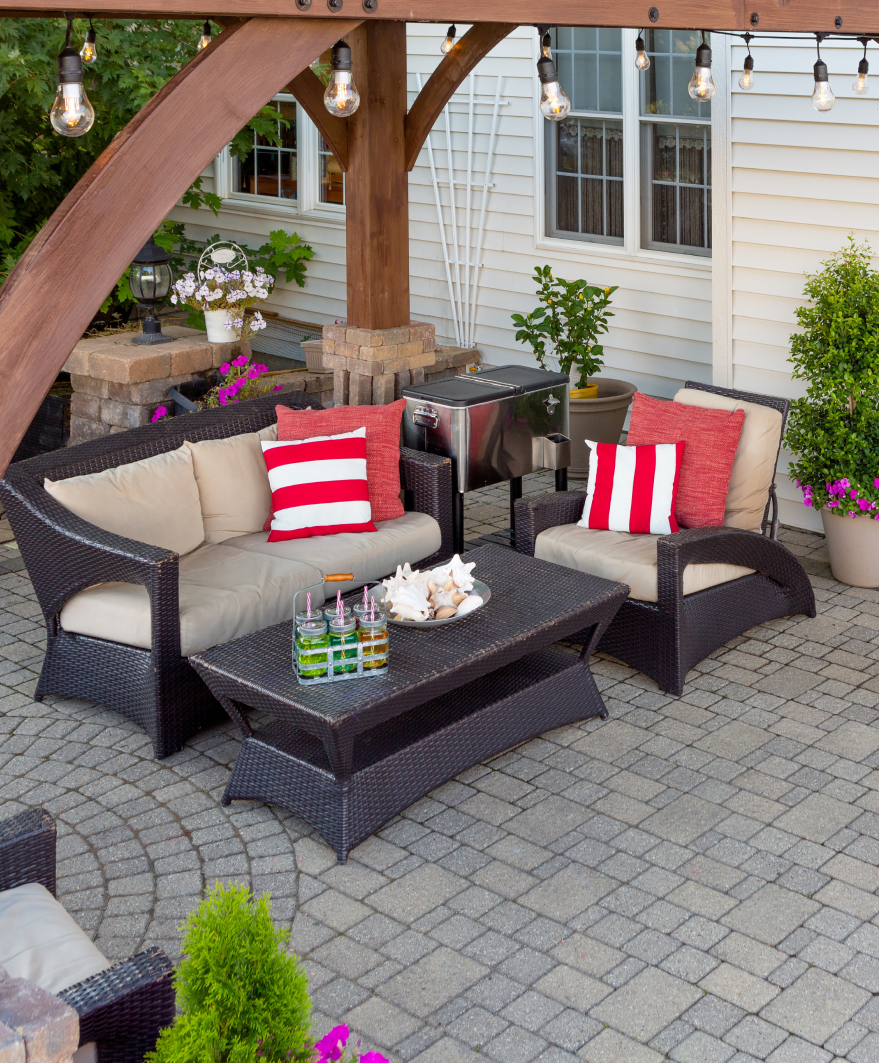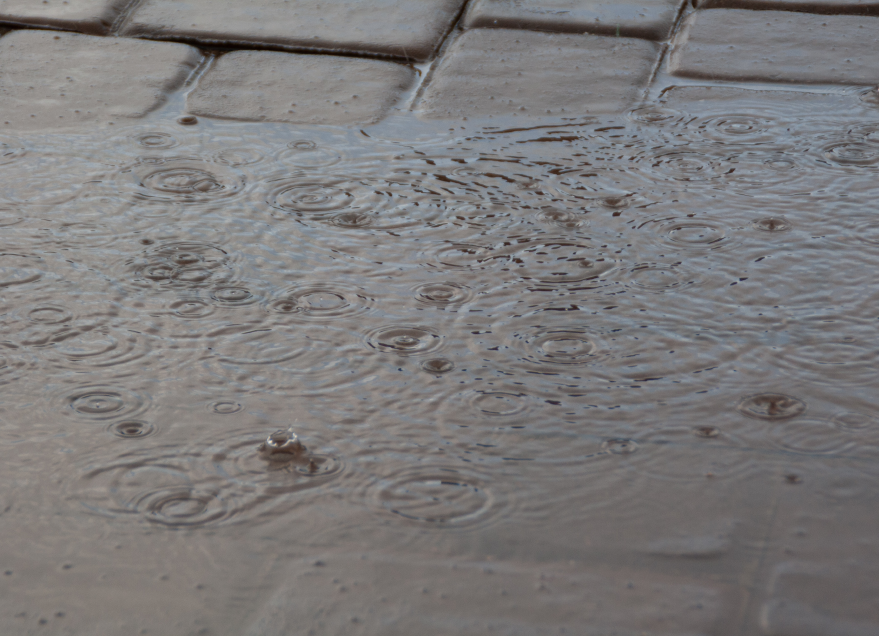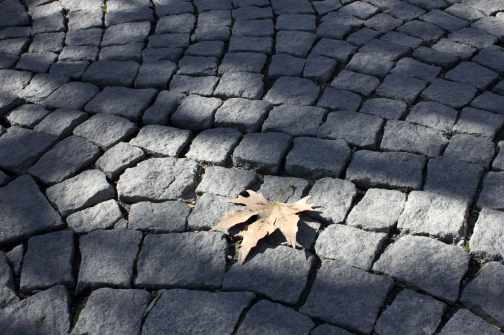Paver Deck Drains
Pavers come in all shapes, colors, and styles and are appropriate for commercial patios, decks, and residential purposes. They can be a beautiful way to line the perimeters of outdoor decks or can be arranged in elaborate patterns to create a unique patio surface.
However, their versatility presents several obstacles that other surface materials may not face—at least not as quickly. A structure constructed of pavers is inherently porous. If the bricks or stones are not themselves porous, the spaces between them surely are. Water can seep under the surface of pavers presents several problems.
Erosion: This is a particular problem around the edges of your new deck or patio. Even if pavers are there to make the perimeter of your outdoor space an attractive boundary, they serve a functional purpose. Perimeter pavers hold the bulk of soil, dirt, and mulch under your patio surface and along flower beds, and many other spaces. Unfortunately, they are no match for the uncontrolled flow of subsurface water. As water flows under a patio or falls onto a flower bed, it will carry dirt and silt right past your pavers into the middle of your yard or another undesirable location. Pavers will halt this process for longer than a completely unimpeded water flow, but they will not stop it.
Cracking: Cracking is used to describe how water can freeze and expand to create cracks in the surface of a deck or patio between pavers, especially when the water is standing below the surface in the winter. At first glance, this does not seem as severe as cracks in concrete or asphalt caused by freezing water. Although pavers pushed aside by freezing water will not always be damaged in the same way as concrete, repairs can still be extensive and expensive. If stones must be lifted, realigned, and laid down again, you may notice that more of the surface has been disrupted than you realized at first glance. This can be a major headache, particularly when bricks or pavers are laid out in an artistic fashion.
Level Changes: Over time, as water freezes and expands or erodes the soil under or alongside a patio, pavers will begin to shift, creating an uneven, unattractive, and potentially unsafe surface. Problems like this can be expensive or labor-intensive to fix, as they involve more than simply laying down new bricks. The soil underneath must be replenished before new pavers can be laid down.

How Hydraway Works
With a Hydraway system draining the water into the proper channels away from your deck or patio, water will not have much chance to exert its harmful effects. A paver drain system will eliminate standing water and water flowing in the wrong direction. Hydraway can be installed along the perimeter to carry water away and prevent erosion.

Contact Us
Please complete the form below for more information on our solutions or to learn about our distributor’s program.

